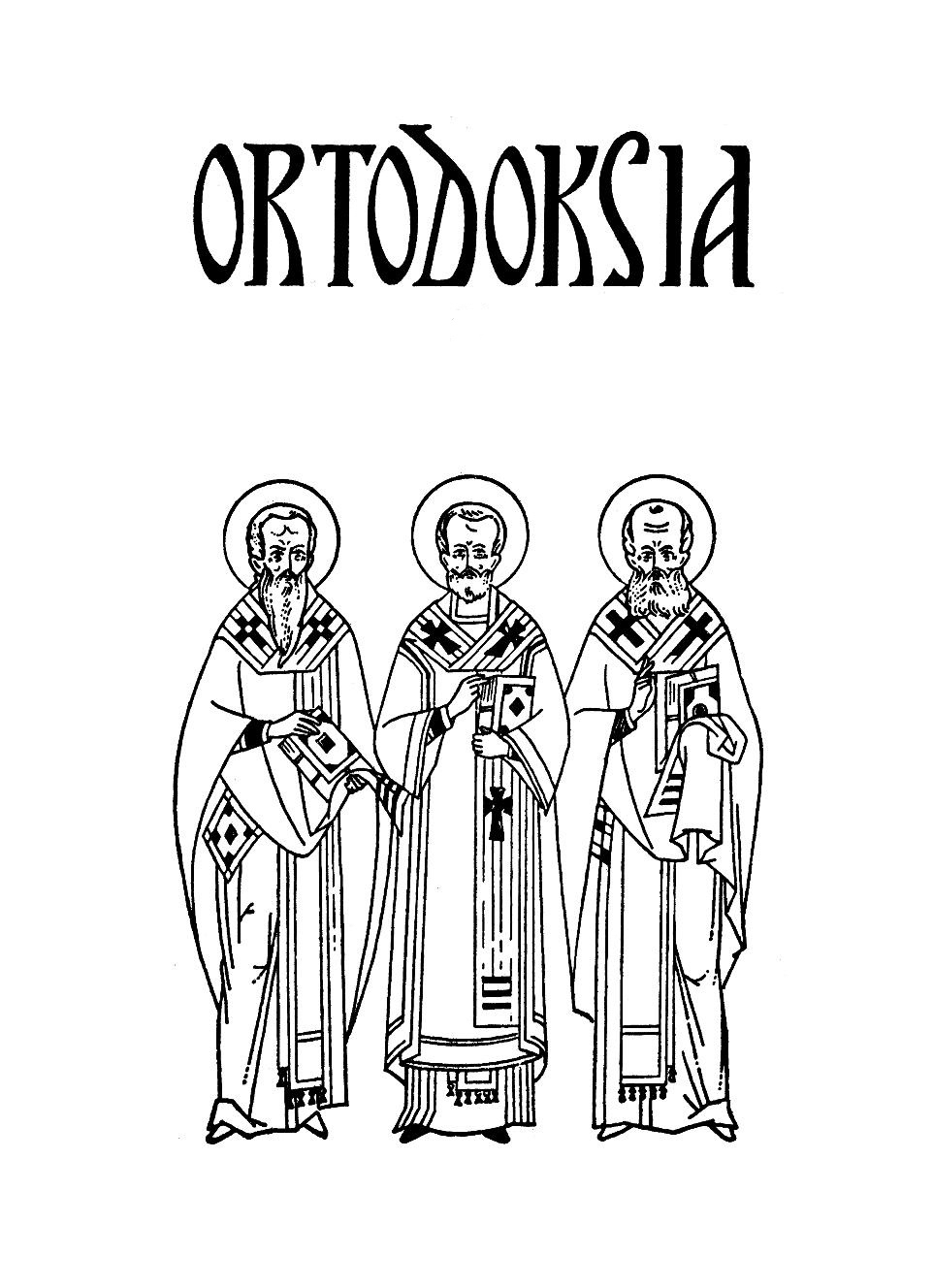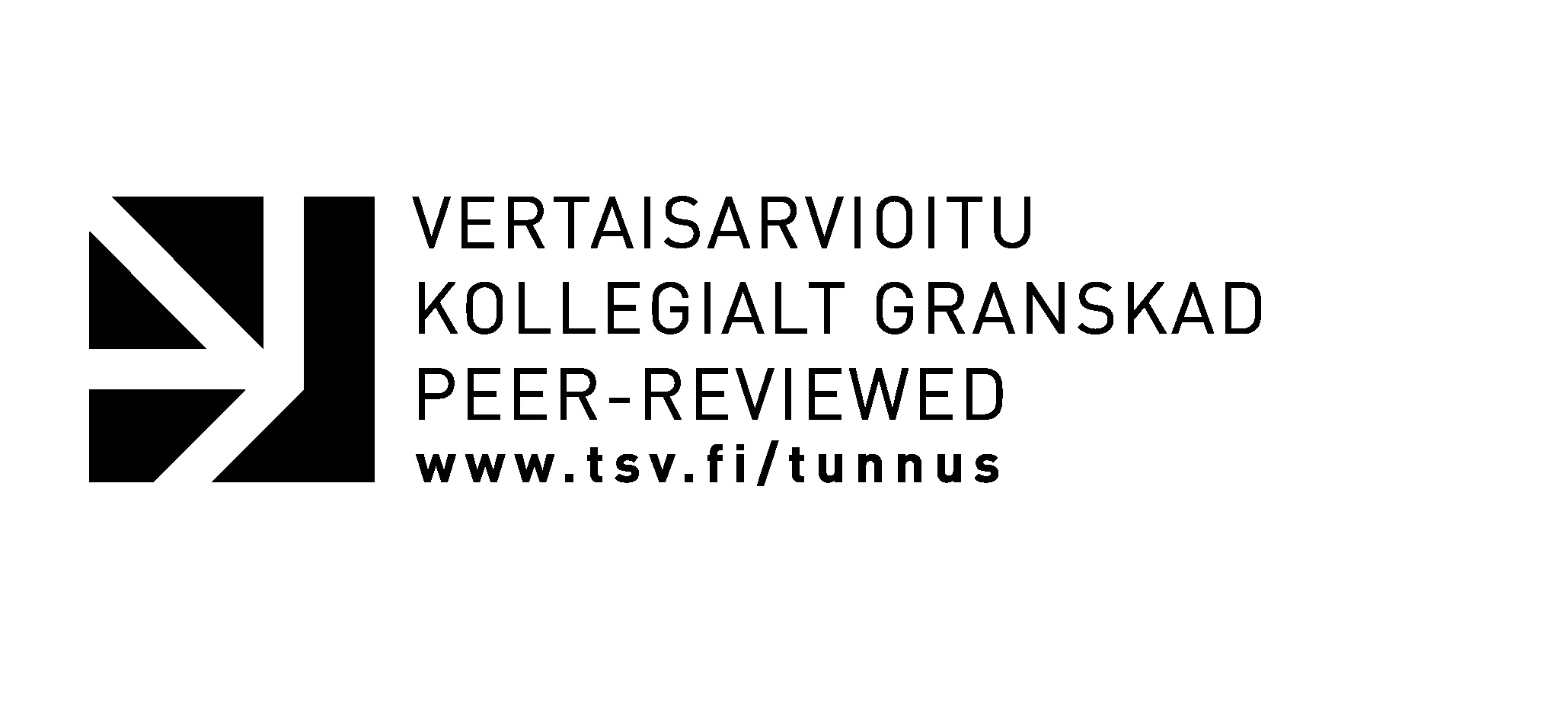Näkökulmia taide- ja kulttuurishistorialliseen sanastoon
Ortodoksisten kirkkoesineiden ja ikonien terminologian suomalaistamisesta 1930–80-luvuilla
Abstrakti
The article focuses on the development of ecclesiastical and iconographical vocabulary in the Finnish autonomous Orthodox Church from the 1930s to the 1980s. In 1931, Archbishop Herman launched a project which aimed to find Finnish words for Orthodox objects and concepts. In his opinion the mixed use of Greek and Russian loanwords was too confusing. A questionnaire containing 333 Russian words was sent to clergy and some Orthodox teachers, who were asked to suggest Finnish synonyms for them. The answers reveal on the one hand a variety of new, invented words and on the other hand a reluctant attitude towards the Archbishop’s attentions. Some felt that old Russian sayings and words were easy to adapt to the Finnish language. Many refused the task due to lack of language skills.
The whole project can be seen in a context of so called nationalization of the Orthodox Church of Finland, which occurred officially during the years from 1925 to 1935. The nationalization committee (Ulkoisten muotojen kansallistuttamiskomitea) worked to revise church architecture, icons, church textiles and other artifacts into a new, national and (in many instances) westernised fashion. However, this linguistic grace note has remained a quite unknown episode in the research literature. The results of the questionnaire were submitted to the Committee for Orthodox Literature (Suomen kreikkalaiskatolisen kirkon suomennos- ja toimituskomitea), which was asked to form a vocabulary for Orthodox artifacts and concepts. The committee composed a list of 184 words. During the Reconstruction period ecclesiastical vocabulary continued to develop not by official committee but through practical work. Archdeacon Leo Kasanko was the archbishop’s secretary, who also attended the depository of ecclesiastical objects. Furthermore he became the first curator of the Orthodox Church Museum, which was founded in 1957. Kasanko’s expertise was in many ways the key factor, according to which the names of ecclesiastical objects and icons were used. The knowledge of iconographical titles increased immensely in the 1960s, when the teachings of the icon painter Leonid Ouspensky became known among Orthodox Finns. During those years the revivalist icon paining took root in the Orthodox Church of Finland. Icon painters and teachers published guidebooks, art historians wrote articles and books about Orthodox iconography. Nevertheless the wish for a uniform, complete and unchangeable Finnish Orthodox vocabulary has yet to be fully realised. Words and language change continuously over time. A good example is the name of the church itself, which has changed at least four times since the 1920s.



